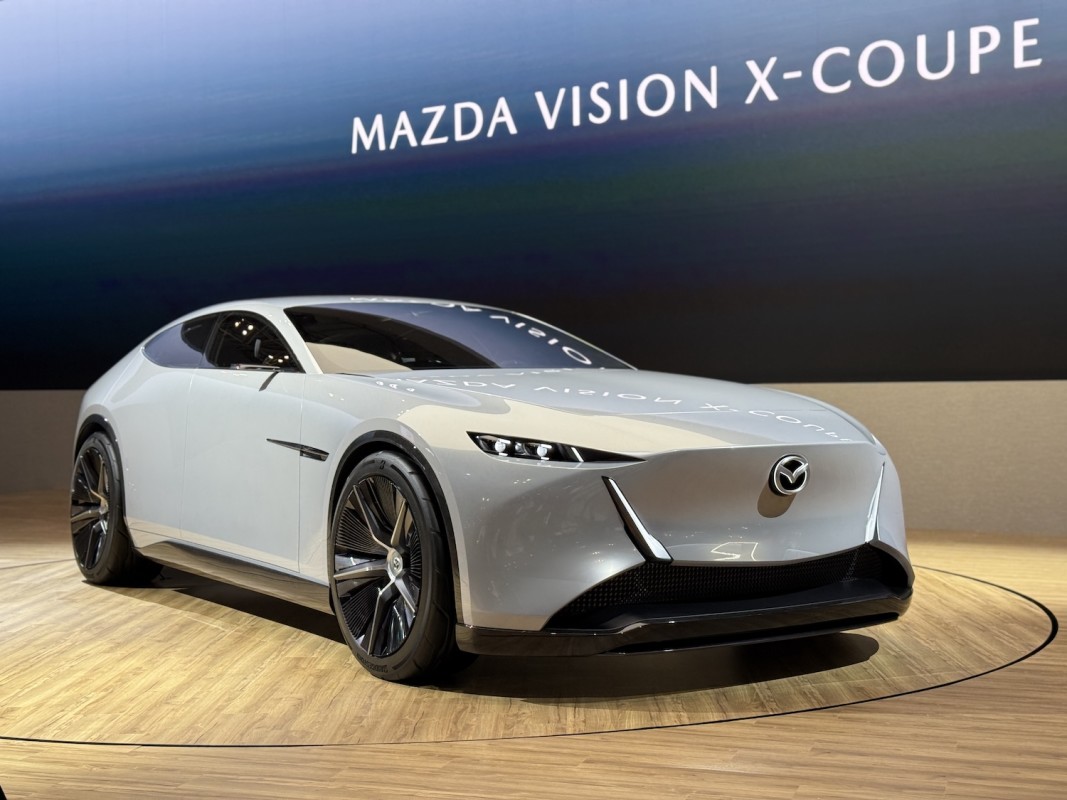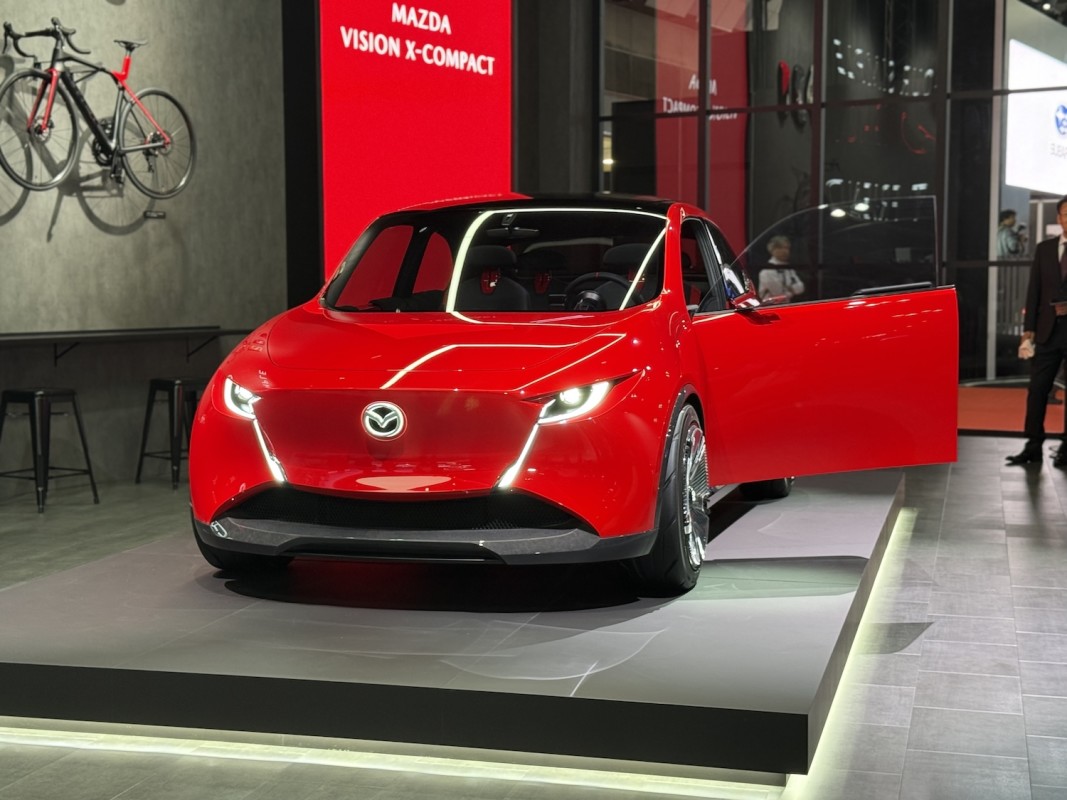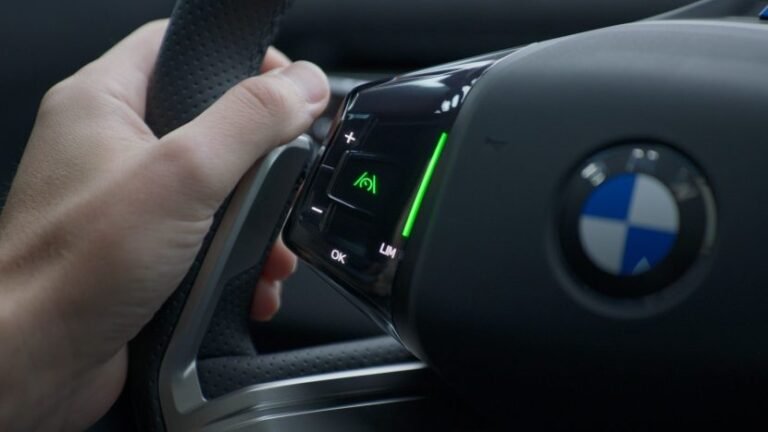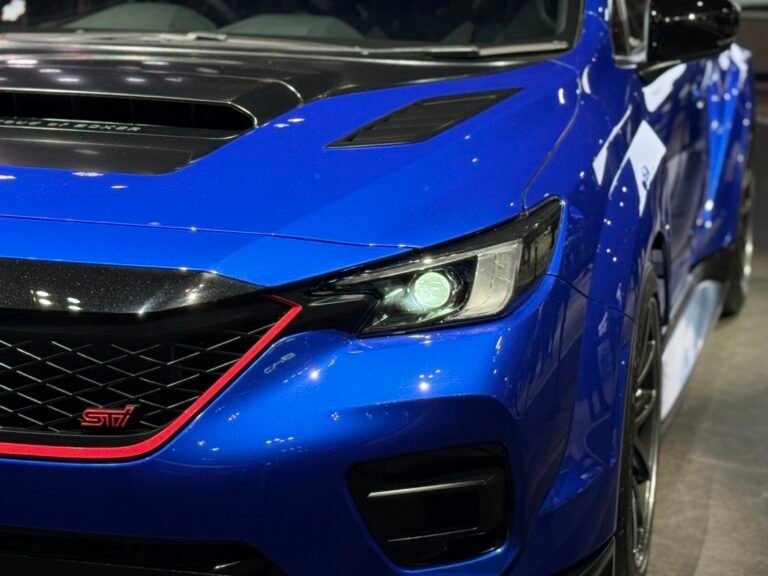Mazda is one of the last automakers to embrace electric vehicles, and for good reason. EVs might dominate headlines and government agendas, but Mazda believes the sustainability conversation has been one-sided. As the company introduces its redesigned logo, it’s also reasserting a core part of its identity – a refusal to follow trends. While rivals sprint toward fully electric futures, Mazda is taking a less-traveled path. One that aims for meaningful carbon neutrality rather than the illusion of it. And the Japanese carmaker’s CEO isn’t afraid to point out the flaws of EV propaganda either.
The Bigger Picture of Emissions
Mazda
Speaking at the 2025 Japan Mobility Show, Mazda’s CFO Jeff Guyton argued that the industry has become too focused on tailpipe emissions and not enough on the bigger picture. He urged people to consider the “well-to-wheel” perspective – the total environmental cost from manufacturing and powering a vehicle to its eventual disposal. According to research by Carbon Action, all-electric cars still emit around 2018 kilograms of CO2 per year, when considering the well-to-wheel perspective. Although it’s still less than half the annual emissions of a conventional petrol car, it’s far from zero. The company’s stance is that if the electricity used to manufacture and power EVs still comes largely from fossil fuels, the carbon savings are less impressive than they appear on paper.
Mazda’s Multi-Solution Approach
Jacob Oliva/Autoblog
Instead of putting all its eggs into one basket, Mazda continues to pursue a “multi-solution” strategy. At the Tokyo show, the brand revealed two plug-in hybrid concepts, the Vision X-Compact and Vision X-Coupe, of which the latter uses a rotary engine and “removes CO2 emissions” while you drive. Beyond electrification, Mazda is investing in synthetic and algae-based fuels that could allow millions of existing cars to run with a neutral carbon footprint. This strategy might seem slower than a full EV rollout, but it’s much more sustainable. The brand’s upcoming Mazda6e will mark its first EV, yet its leadership insists the ultimate goal is balance, not conformity.
Looking Beyond the Tailpipe
Jacob Oliva/Autoblog
In short, Mazda’s focus is on long-term sustainability, not short-term compliance. By emphasizing total energy use instead of just exhaust emissions, Mazda is challenging the industry to think more holistically. Guyton summed it up succinctly when he said, “Using less energy in some form, well, that’s sensible.” In an era where carmakers race to outdo each other with bigger batteries and longer ranges, Mazda’s view might sound unconventional, but maybe that’s exactly what we need.


